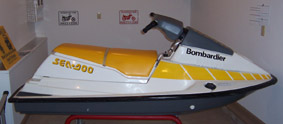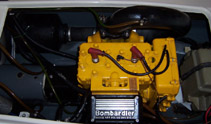
Sea-Doo Model Reference (1988-2010) Unveiled: A Journey Through Innovation and Performance
Share
Sea-Doo Model Reference 1988-2010 Unveiled: A Journey Through Innovation and Performance
This comprehensive guide takes you on a detailed journey through the Sea-Doo models from 1988 to 2010, highlighting their unique features, advantages, and any noteworthy aspects. Please note that occasional personal opinions and industry insights are included in the narrative. If you spot any errors or have additional contributions, feel free to reach out!
The Evolution Begins (1988-1993)
1988
The Sea-Doo adventure commenced in 1988 with a distinctive hull design and a seat that set it apart. Sporting the 587 Yellow motor, a constant in Sea-Doo models from 1988 to 1991, the SP, a technically two-passenger machine, made its debut. While not as prevalent as the 1989 SP, the 1988 model holds its own uniqueness. Contributions from Sea-Doo enthusiasts are welcome for a more comprehensive overview.
1989
The introduction of the 1989 SP brought forth a new engine access design, setting the trend for subsequent models. The removable seat, granting access to the engine and electrical components, became a signature feature retained in SP models until 1993.
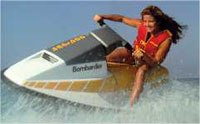
1990
In 1990 Sea Doo kept the SP in the lineup and also introduced the first 3 passenger GT model which featured a basically smooth hull which was fun for spins, but also could get pretty unstable with three. Since it had the 587 (twin carb), it also wasn't the most powerful or fast but the old 587 was pretty indestructible. The GT also was the first time Sea Doo introduced the reverse feature on a ski.
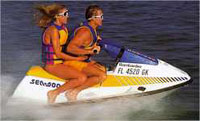
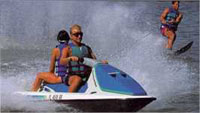
1991
The SP and GT continued in 1991, welcoming the XP to the lineup. The XP, essentially an SP hull with the Twin Carb 587, introduced a hood with mirrors and a grab handle to enhance reboarding.
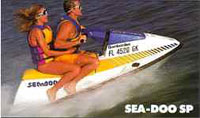
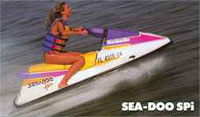
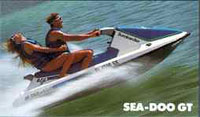
1992
The year 1992 marked the shift from the yellow to the white 587 engine. Trim made its first appearance in the XP, albeit manual. The GT transformed into the GTS, featuring a white lower hull with strakes.
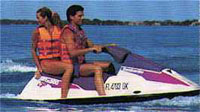
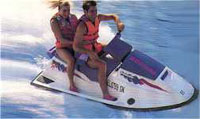
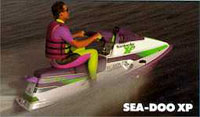
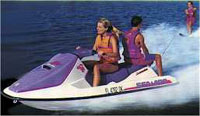
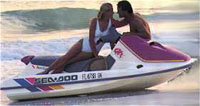
1993
In 1993, the XP embraced a larger 657cc engine, a new hull design, and electric trim. The SPX (587 dual carb) continued the trend of repackaging previous year models. The lineup expanded with the SP, SPI, GTS, and the first appearance of the GTX, offering more power and additional features.
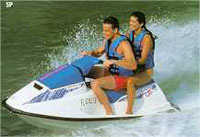
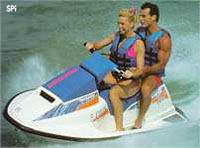
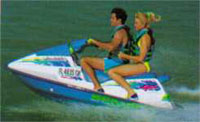
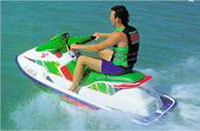
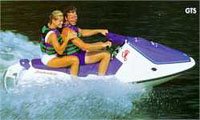
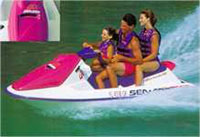
Design Revamps and Technological Strides (1994-1998)
1994
1994 witnessed a design overhaul, with the SP, SPI, and SPX models carrying over. The XP featured the 657X engine for increased horsepower. The GTS maintained its 1993 design, while the GTX now boasted the 657 engine, bronze vane pump, and enhanced features.






1995
The 717 and 787 engines emerged in 1995. The XP800, featuring the 787X RAVE valve engine, showcased significant power. The HX, a novel release, brought a unique riding experience with its narrow design and suspension-equipped seat.








1996
The 657 engine phased out entirely in 1996, signaling a shift to the DESS ignition system. The XP now featured the 787 RAVE engine. New releases included the GSX and the GTX, incorporating a digital infocenter for detailed information.



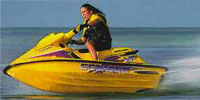
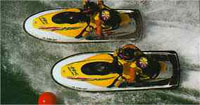




1997
The iconic 587 engine bid farewell in 1997, making way for the 130hp Rotax 947 RAVE engine. New models like the XP and GTS continued the evolution. Late in the year, the GSX Limited with the 130hp 947 RAVE engine set the stage for future innovations.

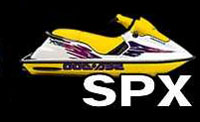

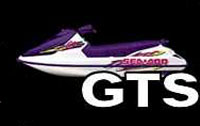
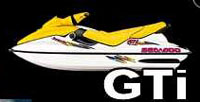




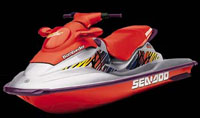
1998
In 1998, the lineup evolved further, introducing the fuel-injected RAVE engine. Environmental considerations influenced the shift towards more fuel-efficient models. The SPX (1997 model) saw a weight reduction, becoming the lightest among the X4-hulled 787 SPX models.












Pioneering Engines and Technological Refinements (1999-2003)
1999
Notable in 1999 was the introduction of larger engines - the 717 and 787. The GSX RFI, GTX RFI, and XP Limited continued the trend of refining existing models.









2000
The millennium ushered in a plethora of new models and the 947 DI engine. The GTX DI, GSX RFI, and the innovative LRV (dual carb 947) made their debut. The 3D RFI, a transformative model with multiple riding configurations, added a touch of versatility.










2001
In 2001, the 717 GTS saw its last year, making way for new models like the GTI and the introduction of color options for various models. The RXX, a limited production race machine, boasted a powerful 130hp engine.
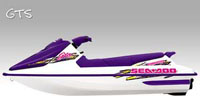

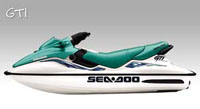

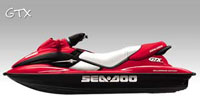

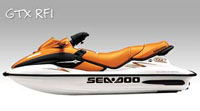

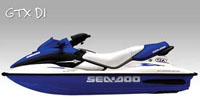
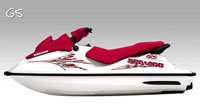
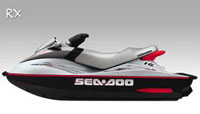

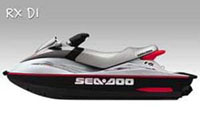


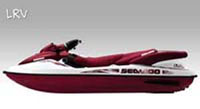

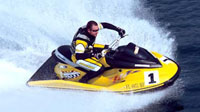
2002
A focus on four-stroke technology dominated 2002. The GTX 4-TEC and GTI LE RFI showcased the transition to more fuel-efficient, quieter, and environmentally conscious models. The LRV DI offered a unique 3-4 passenger capacity.










2003
The 2003 lineup featured the GTI LE RFI, GTI LE, GTX 4-TEC, GTX 4-TEC Limited Supercharged, and the XP DI. Technological advances included closed-loop cooling, the GTX 4-TEC Limited Supercharged's supercharged intercooled engine, and the XP DI's direct fuel injection.










Innovations and Expansions (2004-2010)
2004
Sea-Doo expanded its offerings in 2004 with the RXP and RXT, both equipped with the new 215hp supercharged intercooled 4-TEC engine. The GTX 4-TEC Supercharged and Wakeboard Edition models added diversity to the lineup.









2005
In 2005, the RXP received the 215hp engine, and the RXT emerged as a powerhouse with a 255hp supercharged intercooled engine. The 4-TEC engine continued to dominate the lineup, with improvements in performance and efficiency.









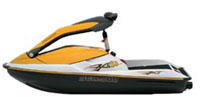
2006
The 2006 lineup featured the GTX 4-TEC Limited, GTX 4-TEC SC, RXP, and RXT. Technological enhancements included the learning key, allowing control over performance levels, and the introduction of the RXT 215hp model.
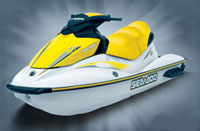
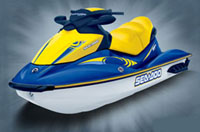
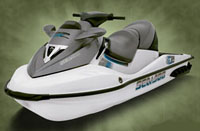
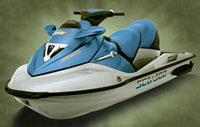
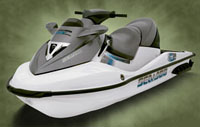
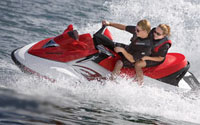
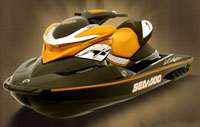
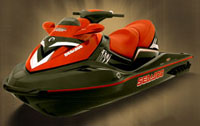
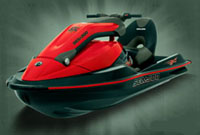
2007
2007 marked the release of the Wake Editions for the RXT and GTX 4-TEC. The GTI lineup saw improvements, and the RXP received the S3 hull for enhanced stability and cornering.
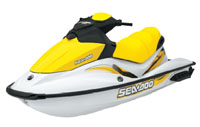
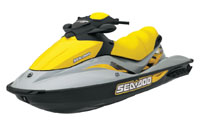
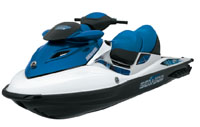
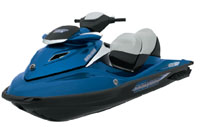
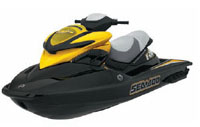

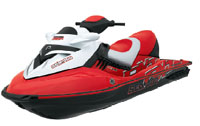

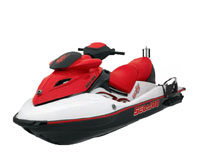
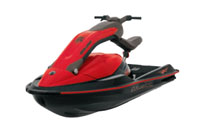
2008
In 2008, Sea-Doo introduced the iS (intelligent Suspension) system in the GTX Limited iS 255 and RXT iS 255 models. These models featured a semi-active suspension, providing a smoother ride in various conditions.
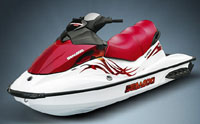
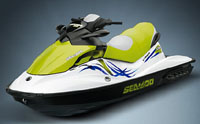
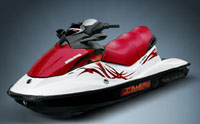
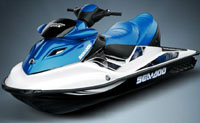
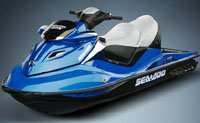
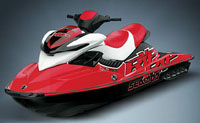
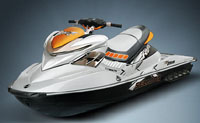
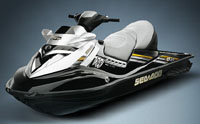
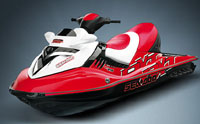
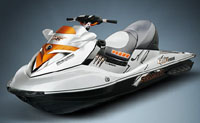
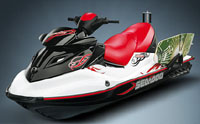
2009
The 2009 lineup showcased innovative features like the iBR (intelligent Brake and Reverse) system, adding a new dimension to rider control. The Wake Pro 215 joined the Wake Edition lineup, catering to watersports enthusiasts.
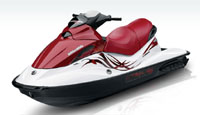
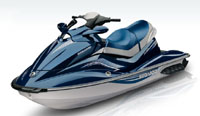
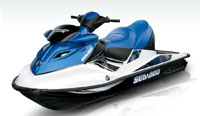
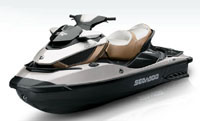
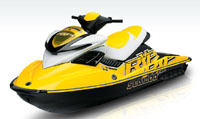
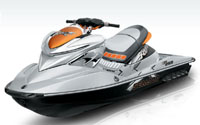
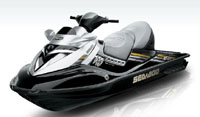
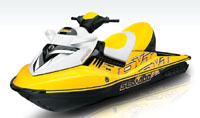
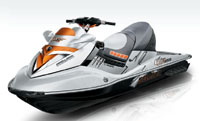
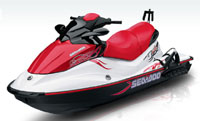
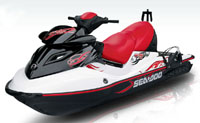
2010
The final year in our journey featured the GTX Limited iS 260, RXT iS 260, and the RXP-X 260 models. The introduction of the iS system across various models showcased Sea-Doo's commitment to rider comfort and control.
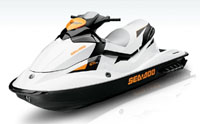
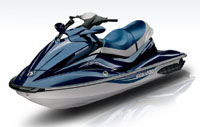
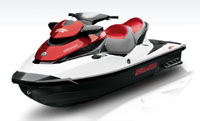
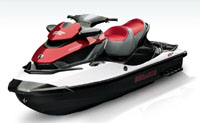
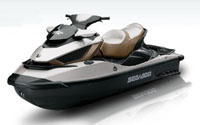
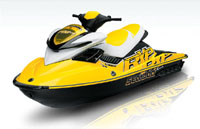
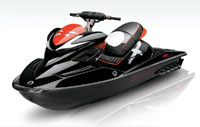
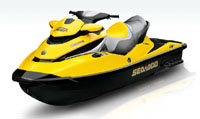
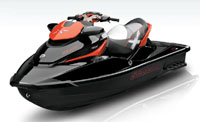
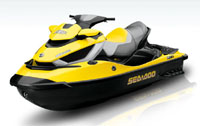
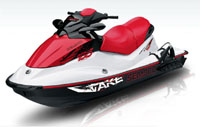
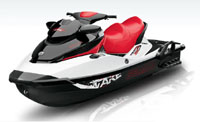
Sea-Doo Model Reference 1988-2010
The Sea-Doo journey from 1988 to 2010 is a testament to continuous innovation and technological advancements. From the humble beginnings of the SP to the groundbreaking iS system, Sea-Doo has consistently pushed the boundaries of personal watercraft design. This guide offers a glimpse into the evolution of Sea-Doo models, inviting enthusiasts to appreciate the rich history and technological strides of this iconic brand. Feel free to share your thoughts, experiences, and additional insights as we celebrate the legacy of Sea-Doo watercraft.
Find out more at JV Motorsports.

